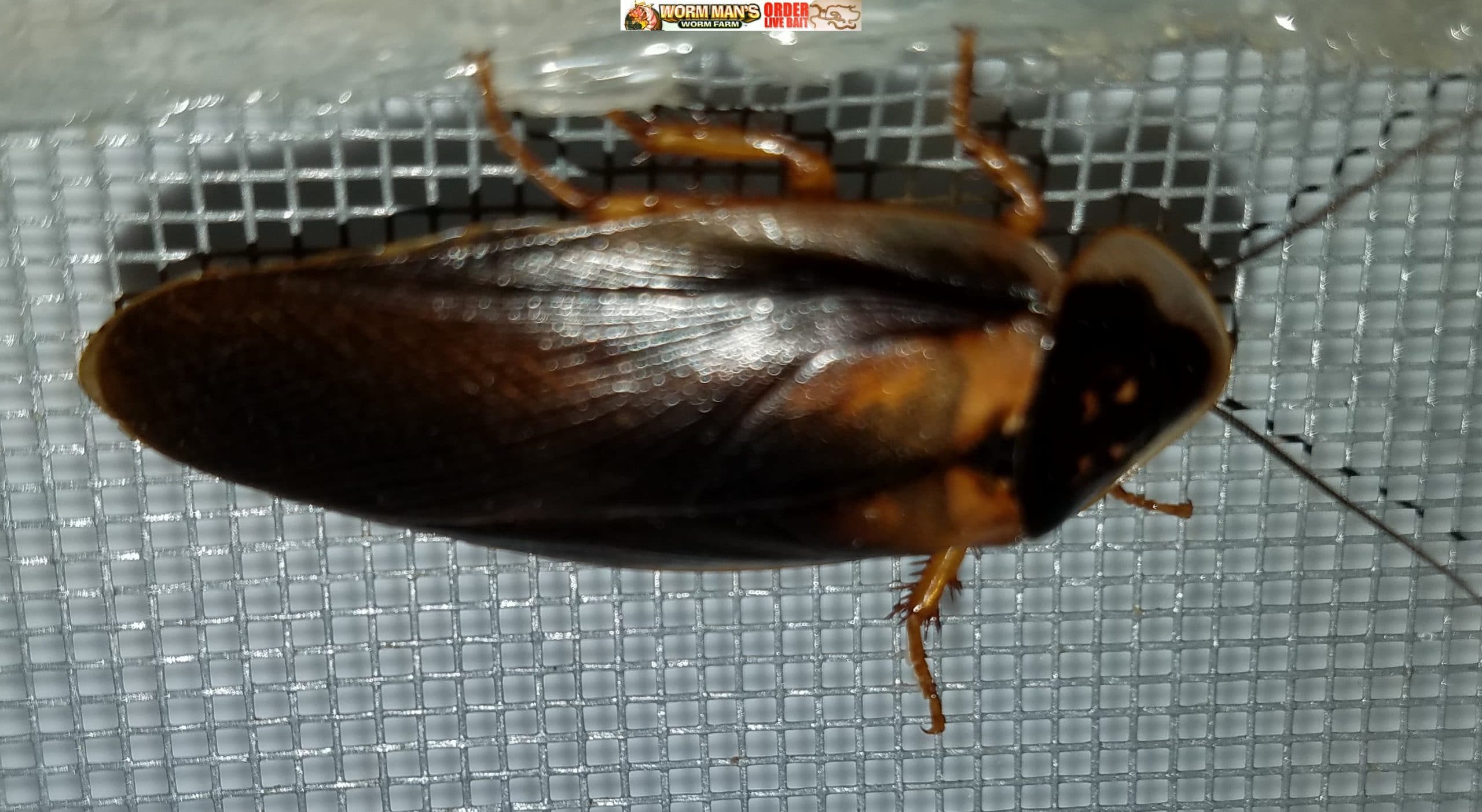
Dubia Roaches.
Orange Spotted Roaches
Blaptica dubia
Blaptica dubia, also known as “Dubia” Roaches and “Orange Spotted Roaches” Cannot climb nor fly. The adult females look completely different from the adult males. Females do not have wings, but have little tiny wing stubs. Males have wings but cannot fly.
When we started 20 years ago, Dubia wasn’t even on the map as a feeder. Today, it is a staple in the diet of many pets.
Size:
1/8th inch when born, adults can grow to 2 inches for females and 2.5 inches for males.
Lifespan:
1 to 2 years
Care Difficulty Level:
Easy
Enclosures:
We use slippery sided plastic totes with screened lids for all of our dubia roaches.
We use egg crates position vertically and we use coconut fiber and sphagnum moss as the substrate
Required Temperatures:
82-95 degrees
Humidity:
40%-50% which can be maintained with weekly misting of the substrate with a water bottle.
Food and Care Requirements:
Feed on ripe fruit and other plant materials, They will eat dry cat and dog food we also keep them on water crystals at all times.
Keep food and water available at all times and clean out the waste as needed.
Clean out bins when the waste gets to be about ½ to ¾ inches high.
Breeding:
Dubia will have approximately 30 babies per month if kept warm and provided food. They will give live birth to their babies. It can take up to a year for Dubia to mature to breeder age. Temp and food requirements must be met for optimal breeding.


 Dubia Female Breeder
Dubia Female Breeder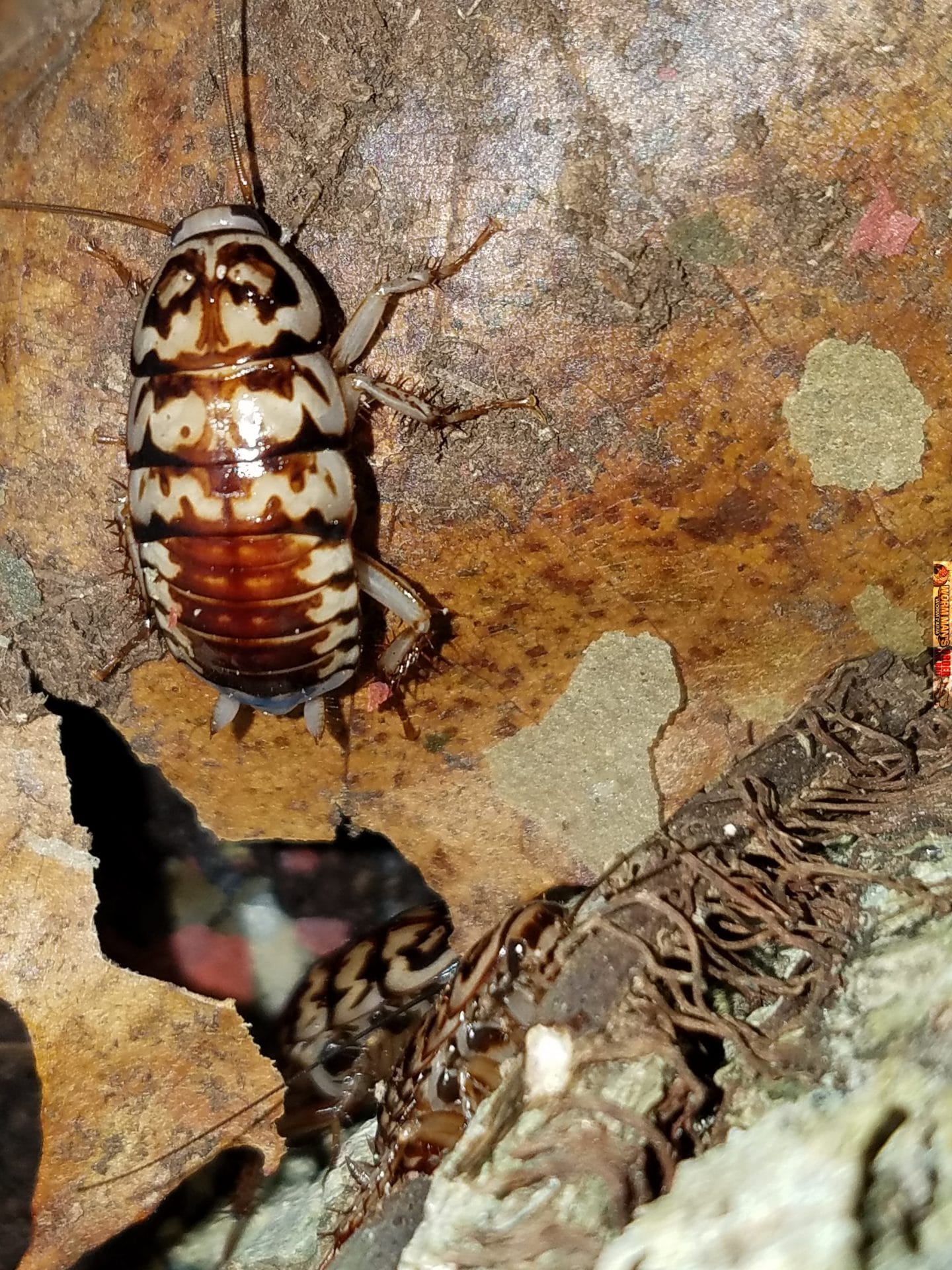


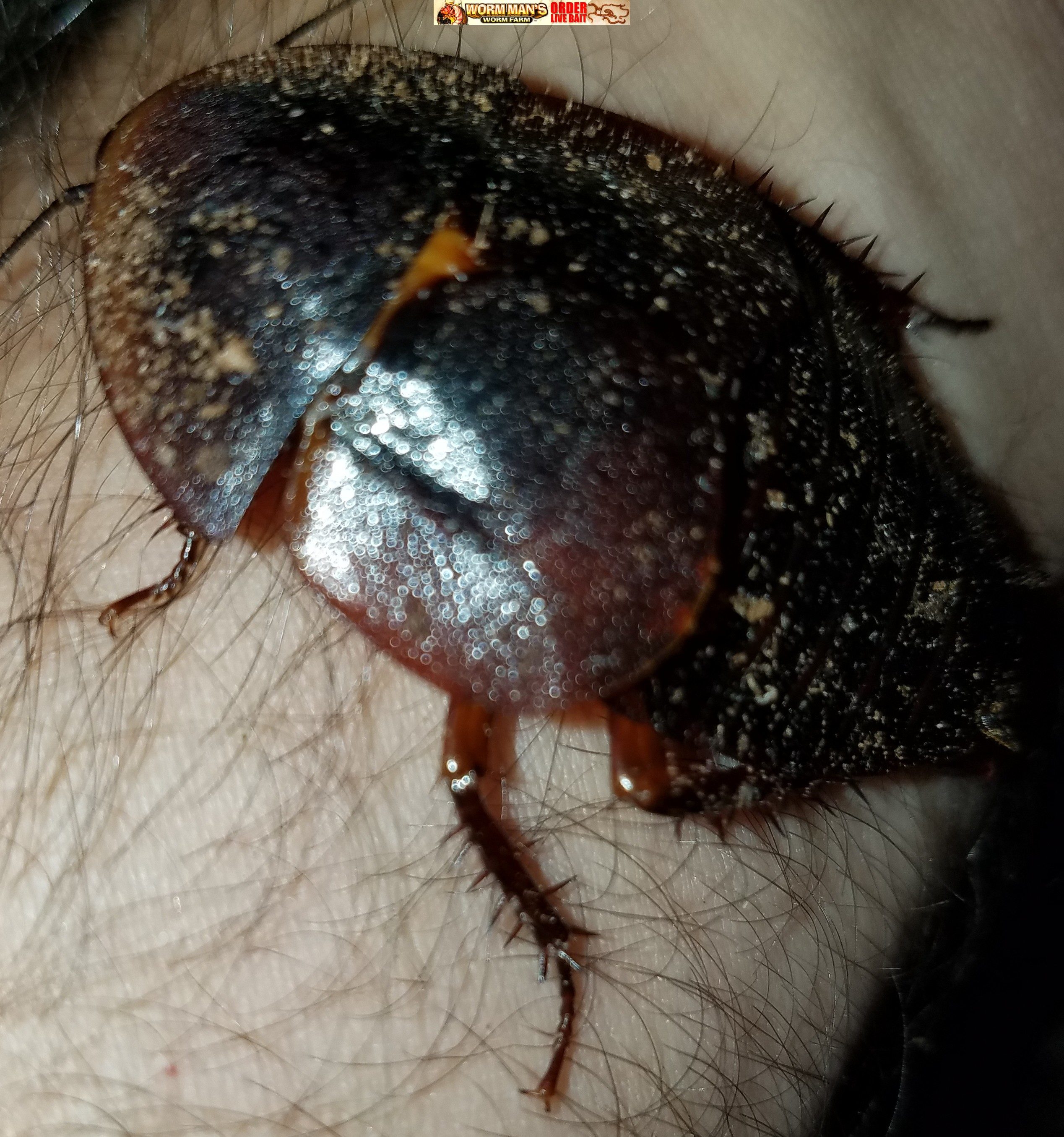
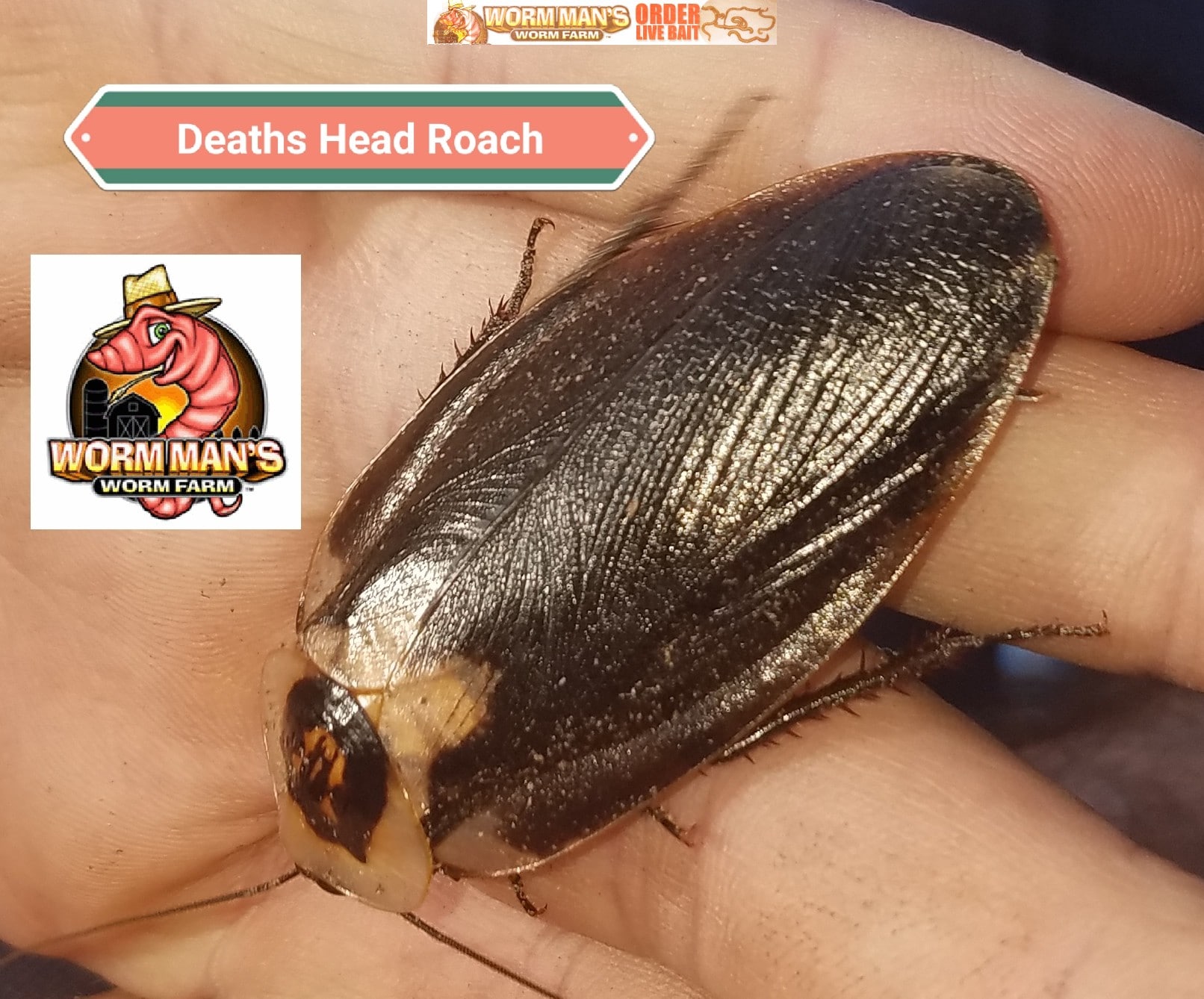
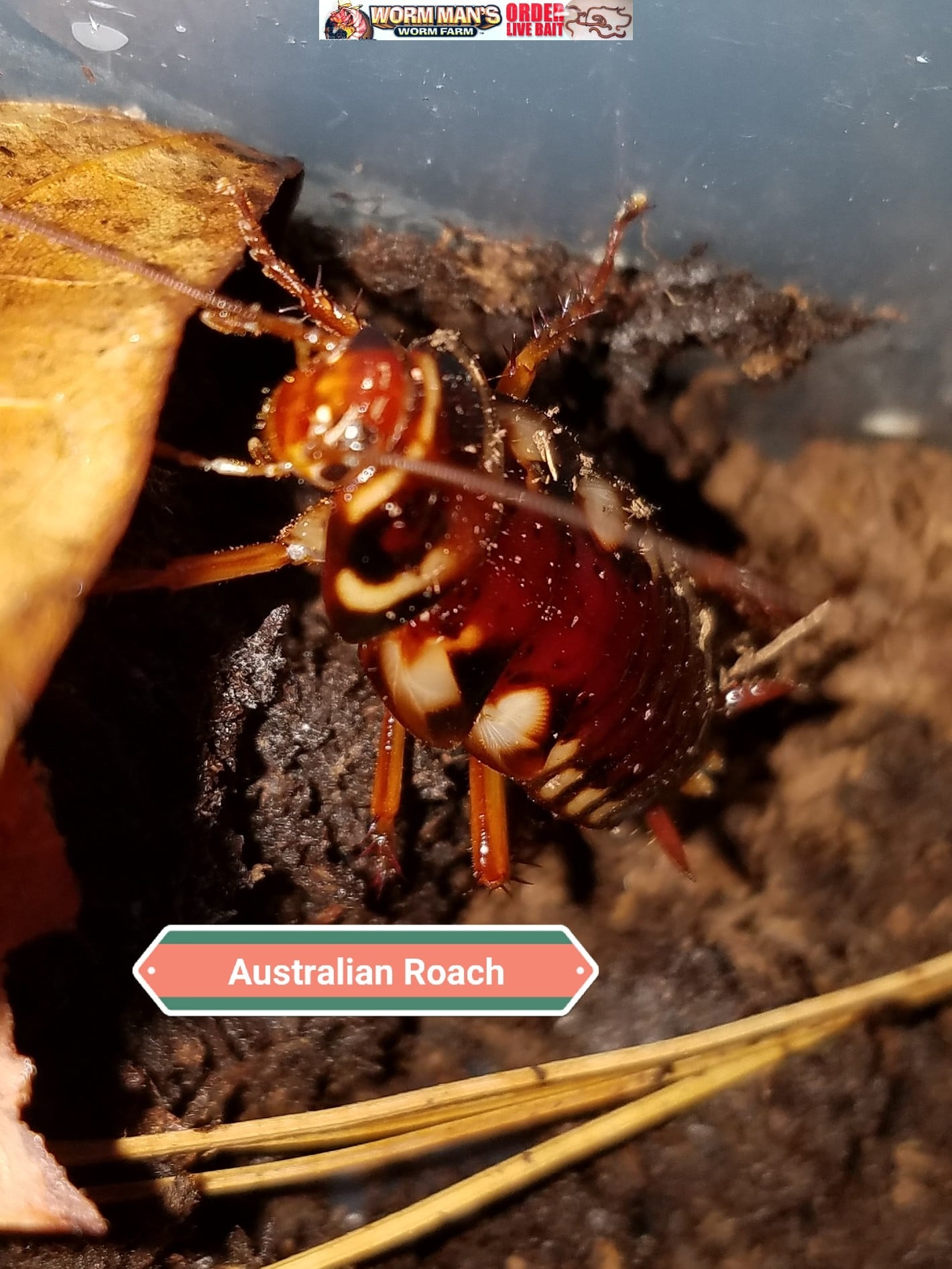



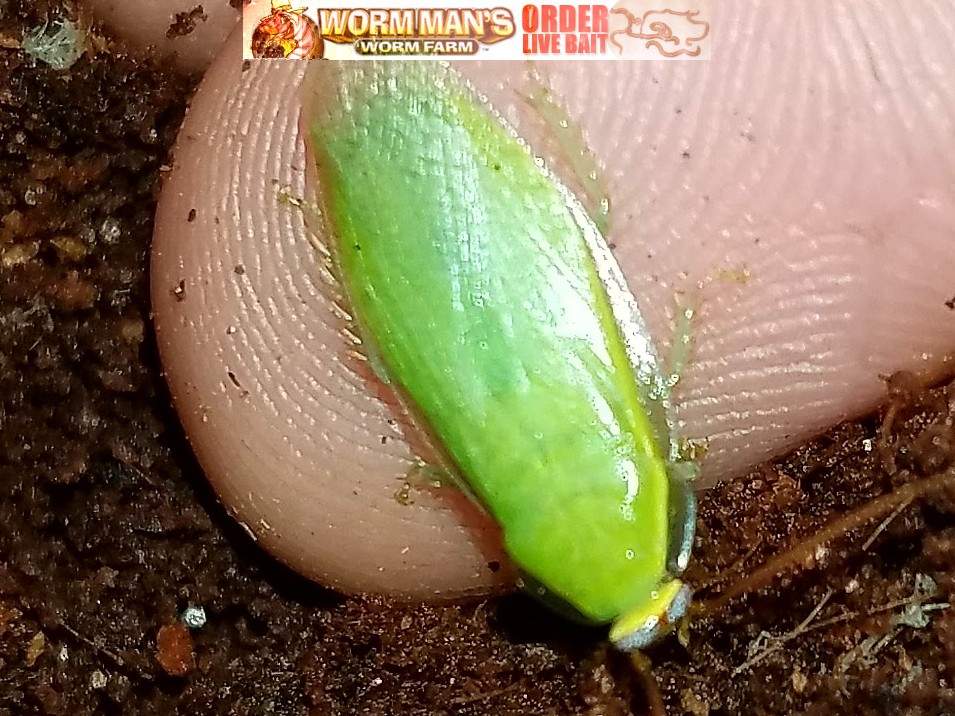



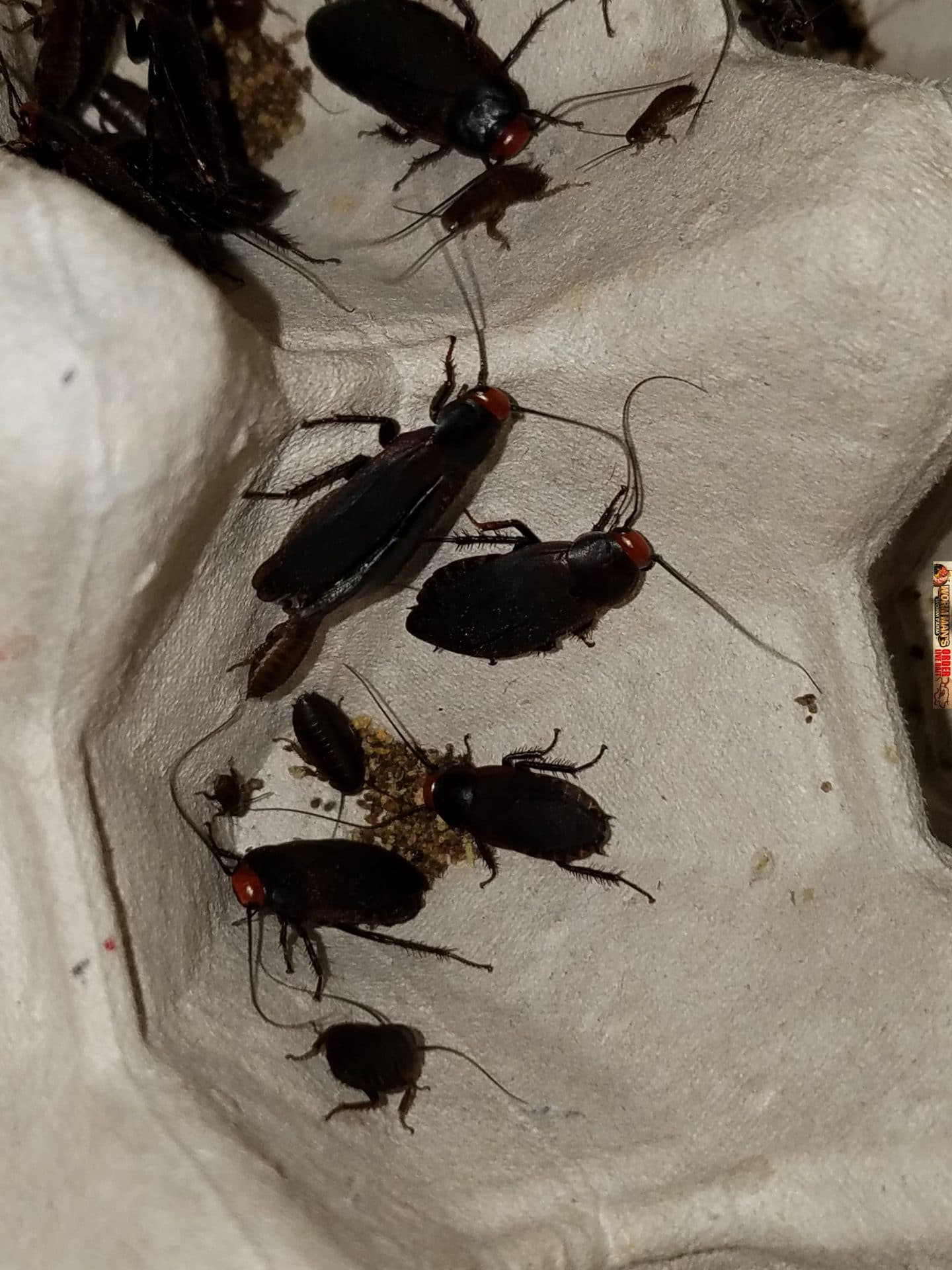

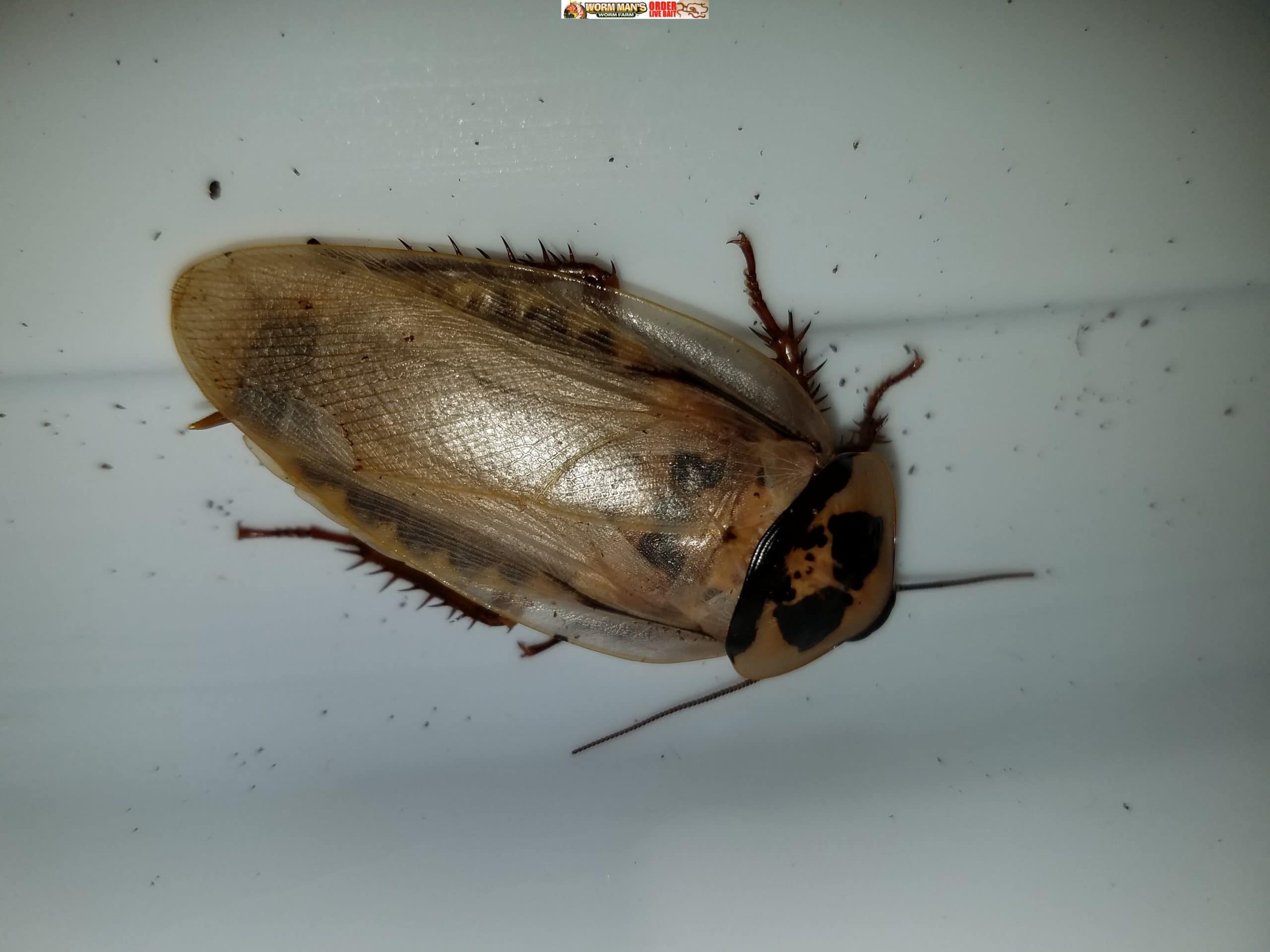




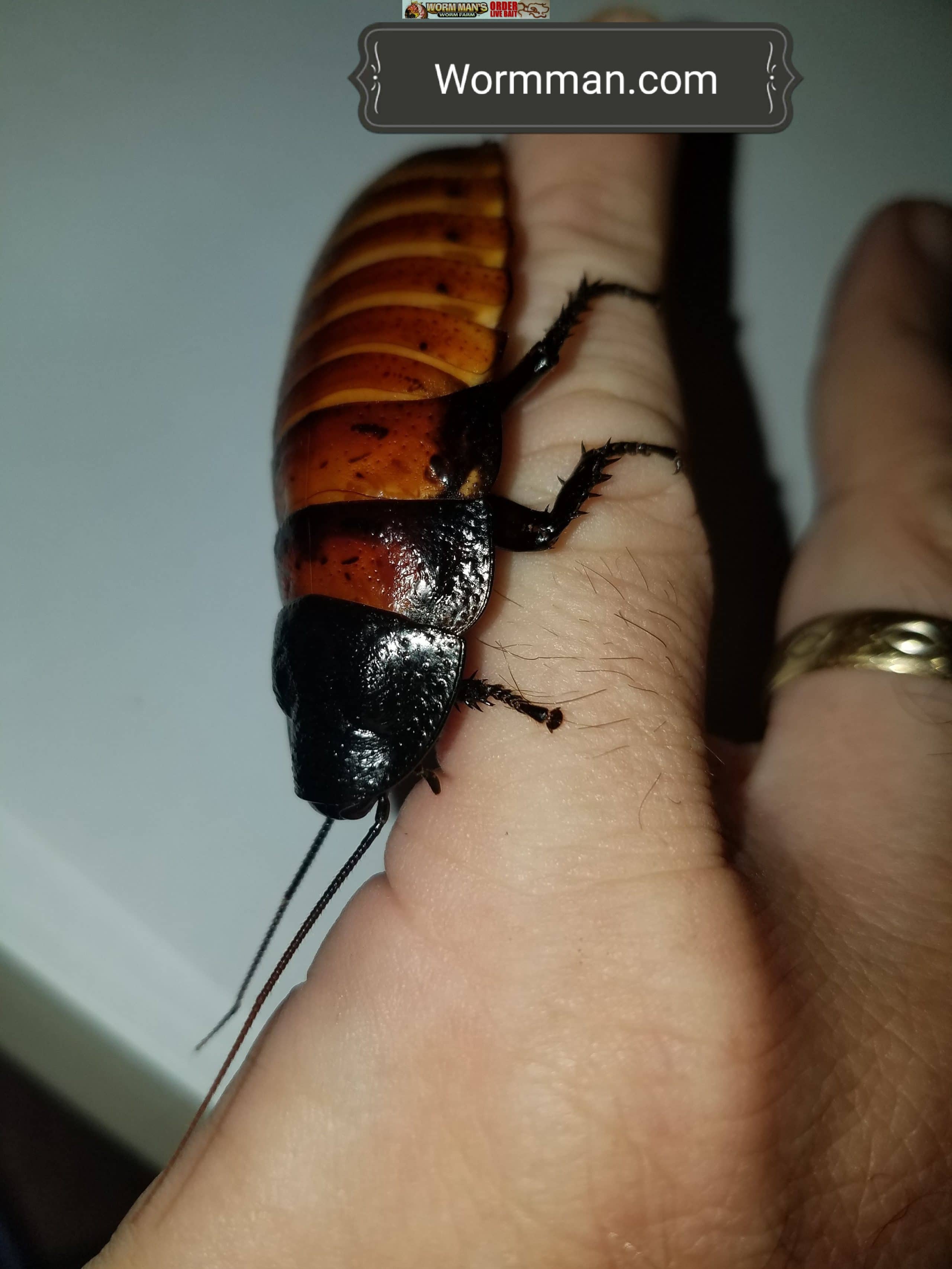




You must be logged in to post a comment.